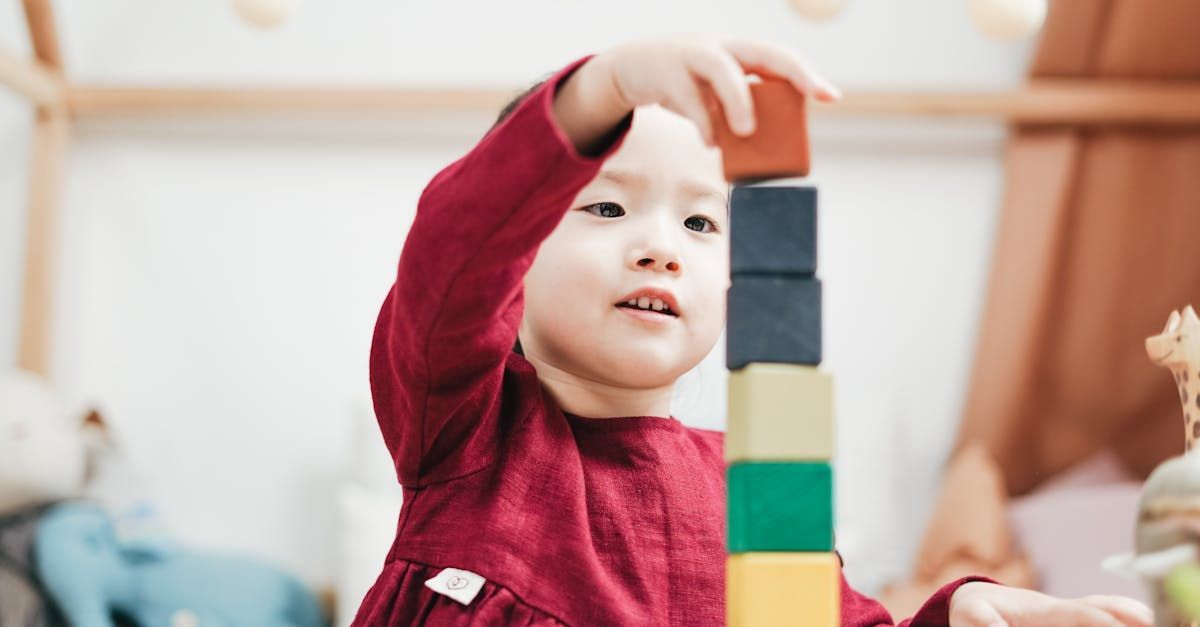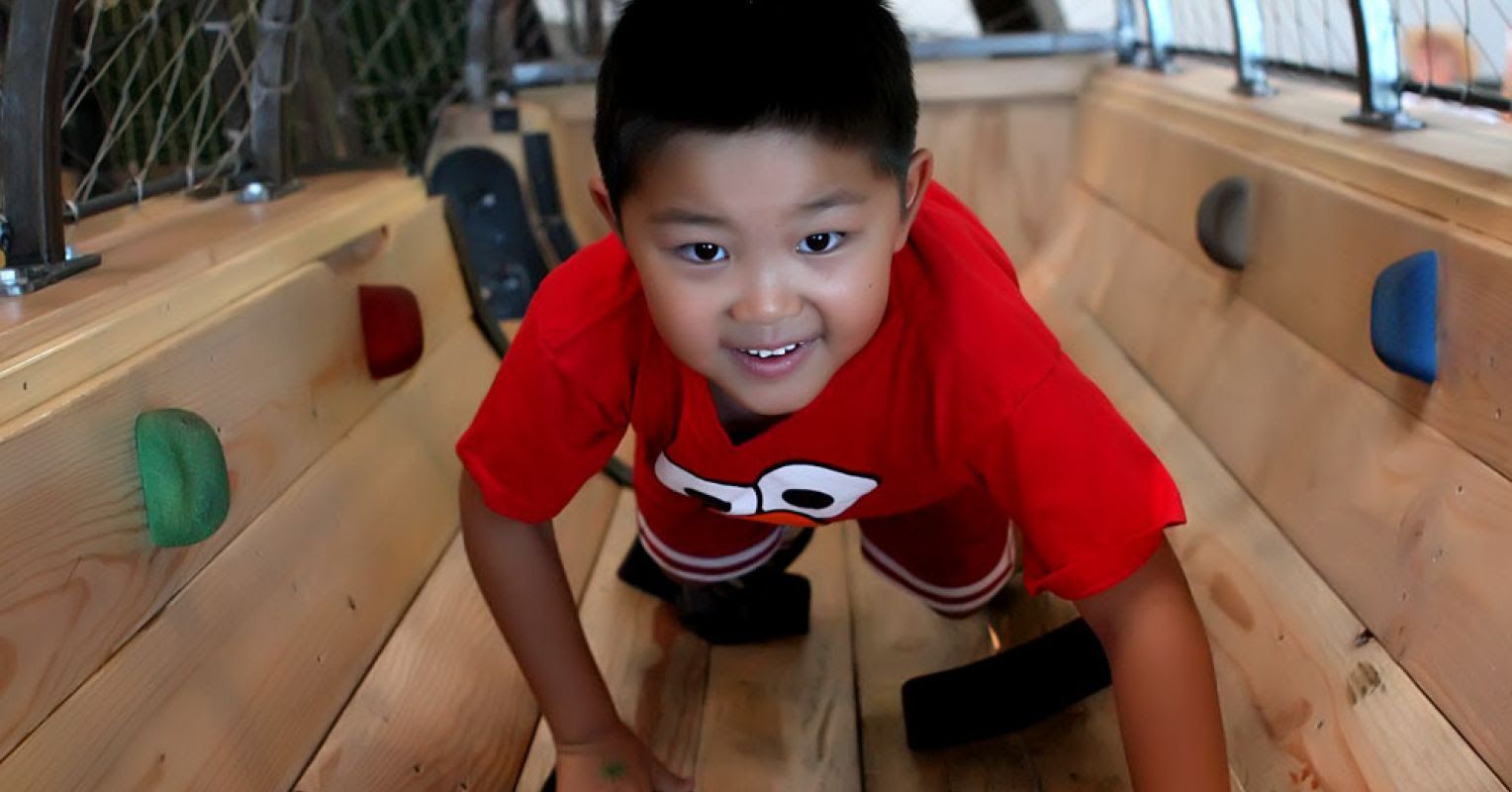Do you know that play builds brains? We look at research that shows how playful learning experiences lay the foundations for brain development and develops 21st century skills.
Our brains literally change as we learn
In a sense, what we do is who we are. We now have a large – and growing – pool of evidence to show that learning through play is the best way to support learning. Children are natural scientists – they come into the world ready to experiment and learn through play. And they use what they discover to not only adapt the structure of their brains, but also strengthen the skills they need to continue being engaged, flexible learners for their whole lives.
The evidence keeps mounting that play is the best way for children to learn – and thrive
From our earliest days, play is how we relate to the world, and to each other. When children have plenty of opportunities to learn playfully, they do what they do best: pursue their natural curiosity. And, as they do, they build skills and aptitudes they’ll keep for life.
There’s a wealth of science behind our understanding of learning through play: studies in teaching and learning, play, and neuroscience.
Here are two key things to take from the research.
Children are born to learn through play
Anyone who’s ever seen a baby delightedly scrunching up wrapping paper or making faces in a mirror has seen a little scientist at work. Playful exploration is our natural way of learning. So it’s no surprise that when we give children more opportunities to use their innate skills, we see them carry on being engaged, creative learners into – and throughout – their adult lives.
Children should be in charge of their play and learning
When children get to make choices, try out different methods, and lead their own experiments, it makes all the difference to their learning. That doesn’t mean adults shouldn’t get involved. Just that we need to think in terms of guiding, rather than instructing: it’s the difference between challenging children to build a tall tower that won’t fall over (guiding) and simply telling them to widen the base (instructing).
Five key characteristics unlock playful learning
Research shows that people learn best from experiences that are joyful, that meaningfully connect the play to their lives, actively engaging, allow testing things iteratively and are socially interactive. Children won’t always experience all of those characteristics at the same time – and that’s fine. But it’s another reason children need lots of different kinds of play. Each strand helps them weave a strong and flexible tapestry of skills to use throughout their lives.
How the five characteristics of playful learning experiences help children grow and thrive
Joyful
This is all about the joy of discovery. Joyful play sparks the brain’s reward centres, triggering a feel-good chemical called dopamine.
Higher dopamine is linked to better memory, attention, creativity, mental flexibility and motivation.
Meaningful
Playful learning is meaningful when it links new experiences – like seeing a horse in a field – to familiar ones – like the horse in a child’s favourite picture book.
Drawing those connections expands children grasp of the world. And it lights up a number of different areas of the brain: motivation, sense-making, reflection and memory.
Actively engaging
When a child is really involved in an activity, they take charge of their learning.
Making decisions and pushing away distractions have long-term benefits for what’s called 'executive control' – how we focus, plan, remember instructions and juggle tasks.
Iterative
Practice makes... creative. When children keep adapting and improving games, skills, ideas and activities, they’re firing up reward and memory networks.
In the long term, that’s linked to flexible, innovative thinking.
Socially interactive
Playing with others is often more fun – and it builds healthy relationships.
That’s crucial for better mental health, as well as teaching empathy and preparing the brain to deal with stresses and challenges throughout children’s lives.

